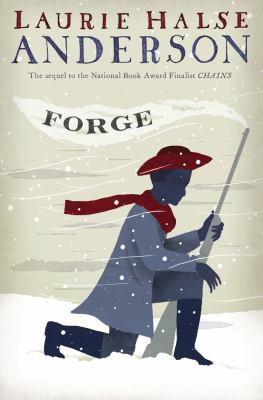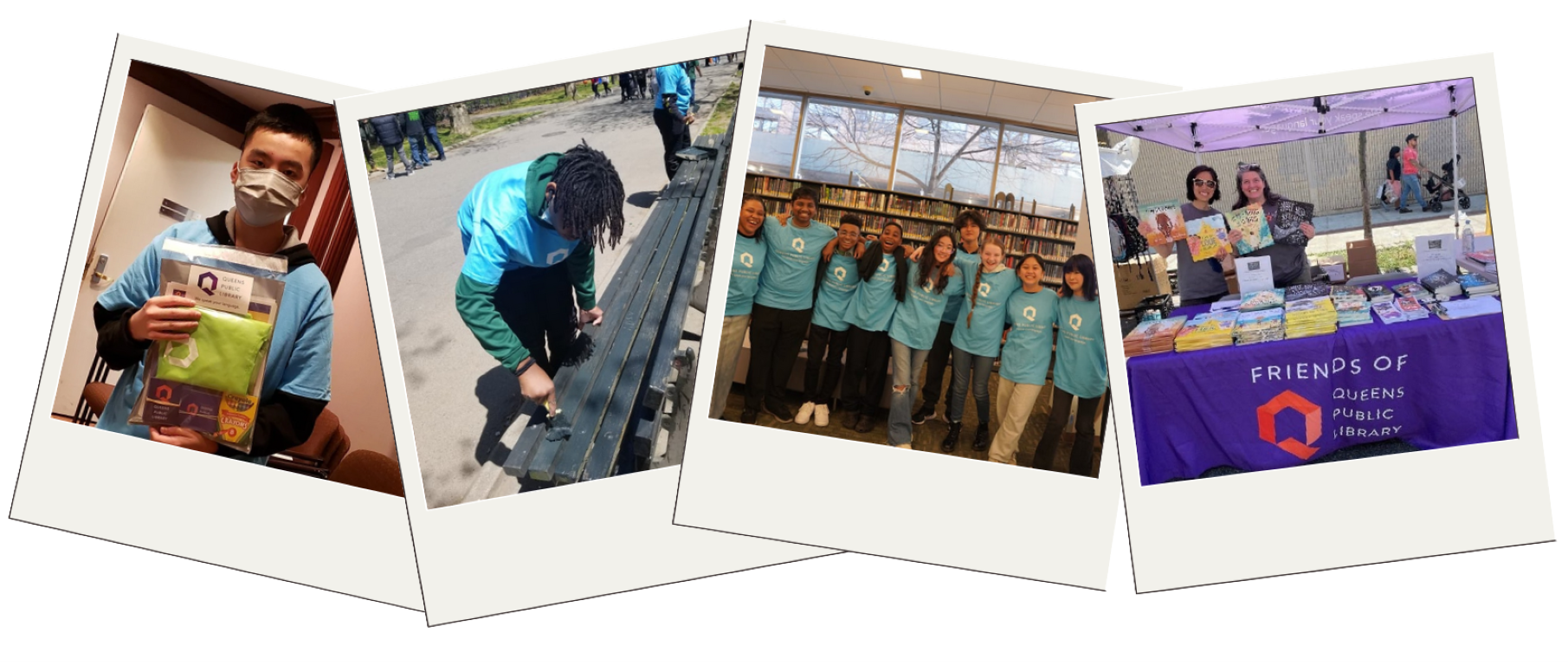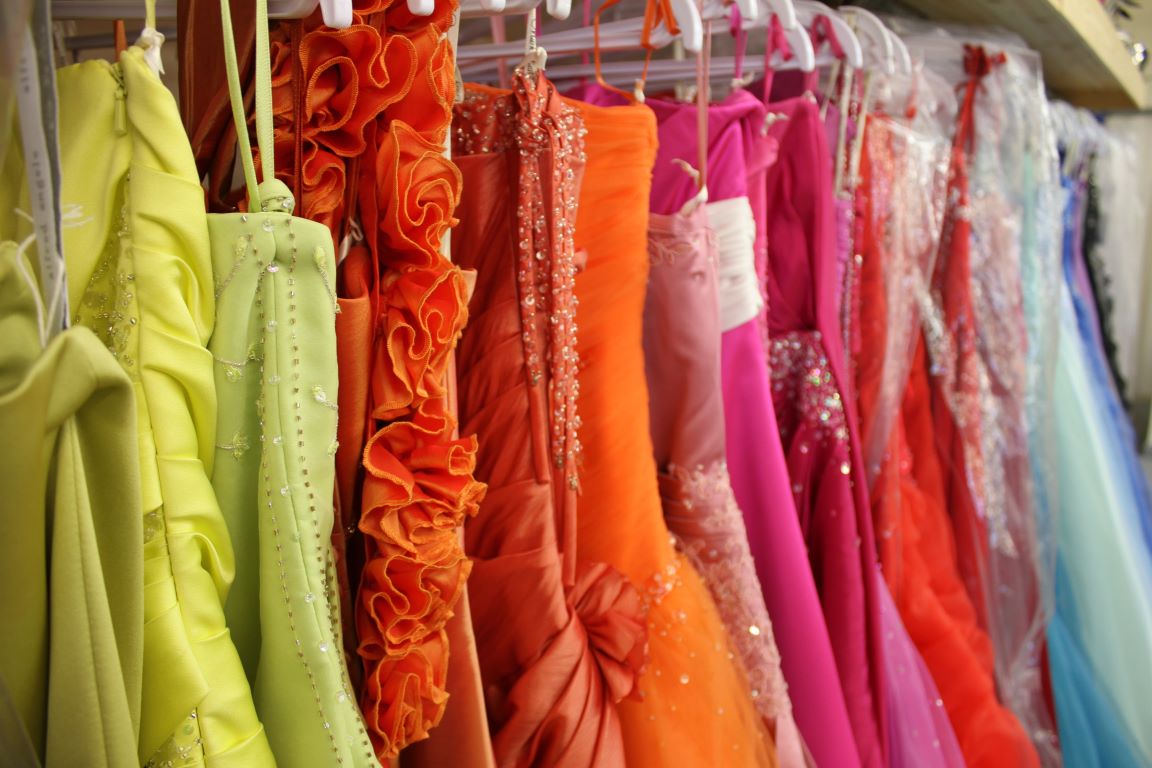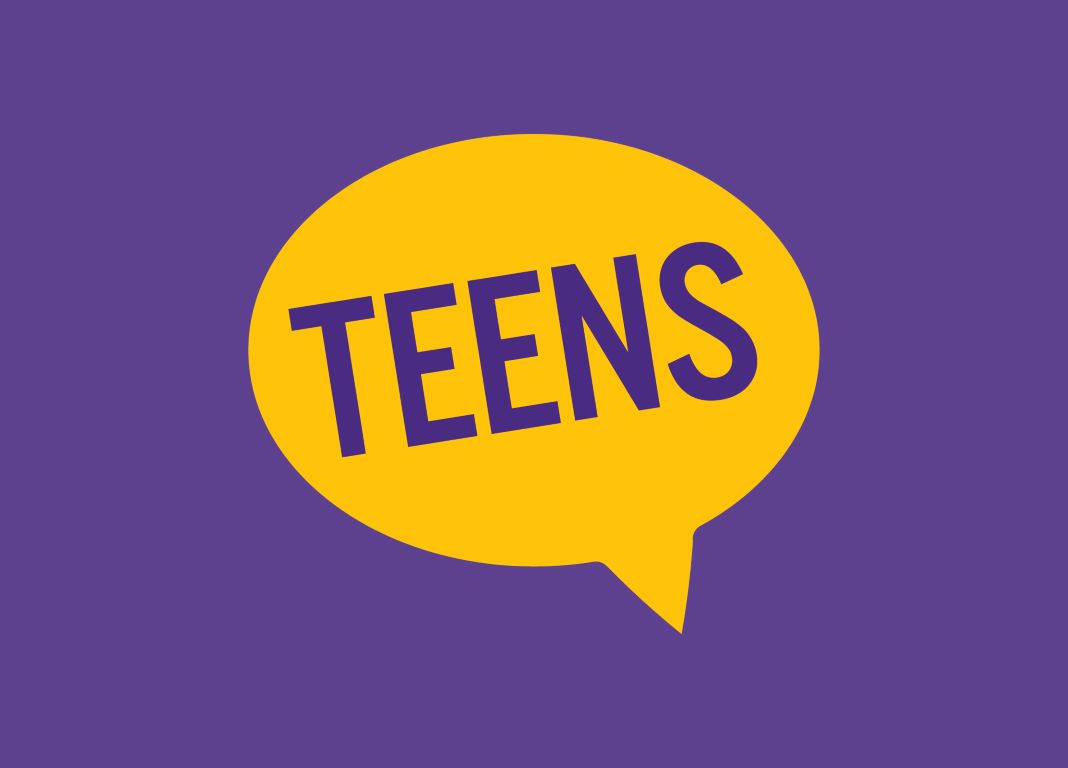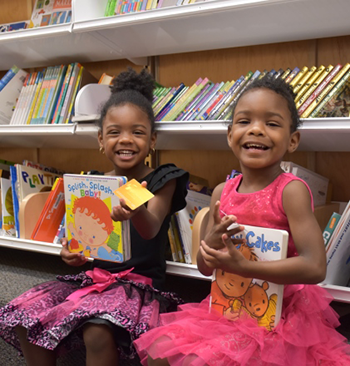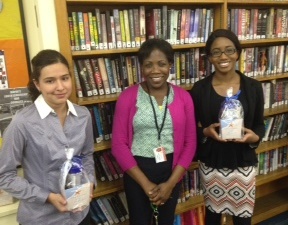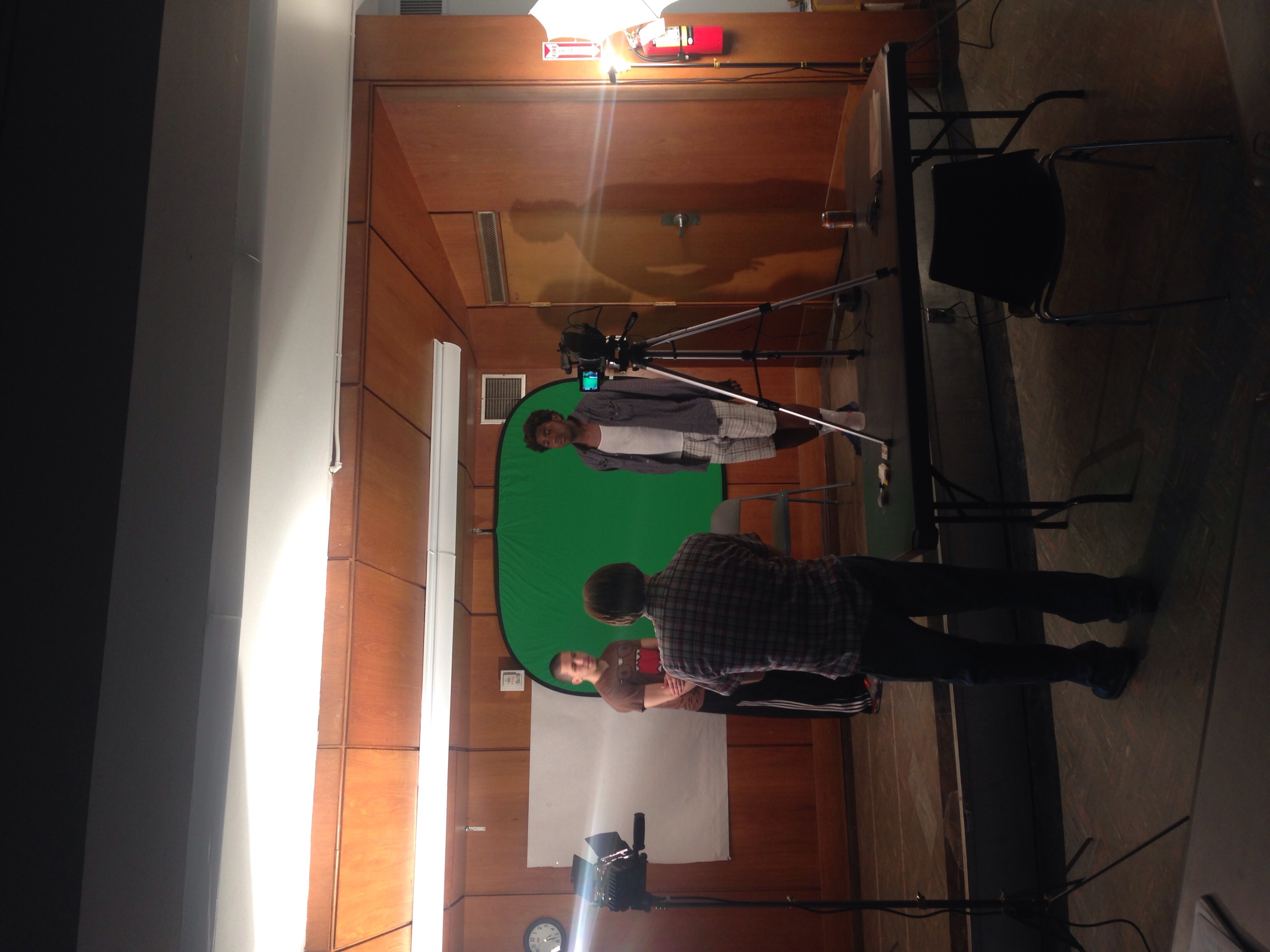As a librarian, working with teens has taught me a lot, and some of it is quite surprising. You may have seen the cover article in The National Geographic magazine for October 2011, outlining research that shows that the human brain is still growing and developing into the early twenties. This may account for some of that teen behavior that seems diabolically designed to drive adults mad!
Something else I have learned is that, despite much hand-wringing to the contrary, teens still read books and the books are big! There were, of course, the Harry Potter wizard books, Stephenie Meyers’s Twilight vampire series, and you could throw in the dragon books by Christopher Paolini, who was 15 years old when he began writing, from his first title, Eragon (528 pages), to the latest one, Inheritance (880 pages). My library, Queens Library at Glen Oaks, is in a small space right now, as we wait for the completion of a new building, and many of the new books I am ordering for teens are over 300 pages. I am hopeful each day that the kids will check out enough books so that the collection will still fit on the shelves — and they don’t disappoint me!
Don’t waste your time worrying about the demise of the printed book, either. As professor Cathy N. Davidson wrote in The Wall Street Journal‘s blog in October, teen books are booming: “… fifteen-year-olds today read more books a year (outside of school) than their parents do — and more books per year than their parents did when they were 15. In fact, Young Adult (YA) literature is saving trade publishing. Publishers can’t keep up with the demand of 14-21 year-olds for titles in a category that barely existed before the invention of the Internet.”
You might not fancy reading any of the above blockbuster series yourself, but there are plenty of other enjoyable, well-written teen books, many of which, you’ll be happy to hear, do not depend on a fascination for magic or strange beasts. Let me suggest a few favorites:
- Chains (and the sequel, Forge) by Laurie Halse Anderson for historical fiction.
- Ender’s Game by Orson Scott Card or Feed by M.T. Anderson for science fiction.
- Shabanu by Suzanne Fisher Staples or A Single Shard (or When My Name was Keoko) by Linda Sue Park for glimpses into other cultures.
- Life as We Knew It by Susan Beth Pfeffer or Ashfall by Mike Mullins for apocalyptic fiction.
- The Hunger Games, a trilogy by Suzanne Collins, another dystopian set of novels.
- Speak by Laurie Halse Anderson, Push by Sapphire, and Tangerine by Edward Bloor for realistic fiction.
I think of these titles, copies of which are available at Queens Library, as just plain old good books, no matter what your age or taste. I’m sure readers out there can think of many more to add to the list. Enjoy reading!

